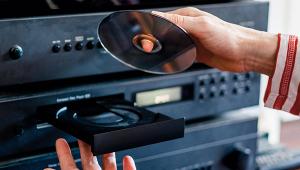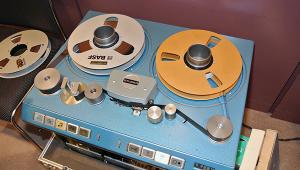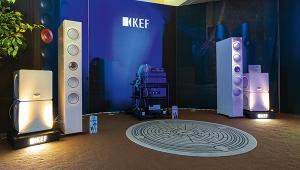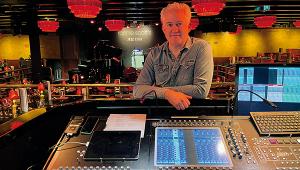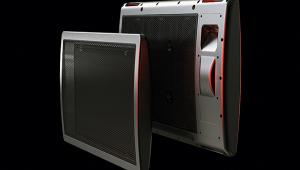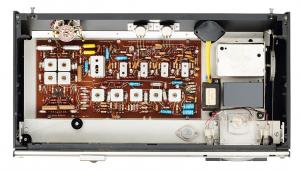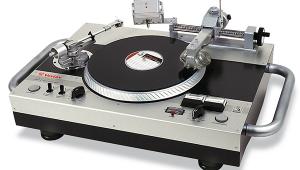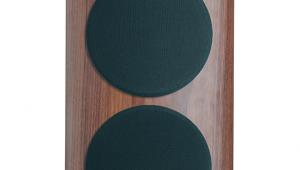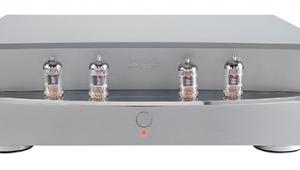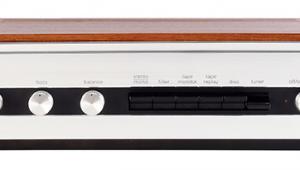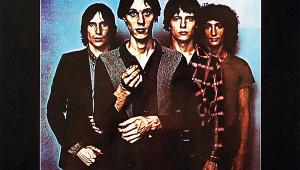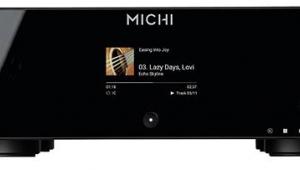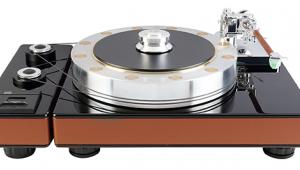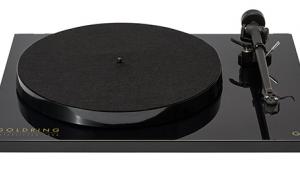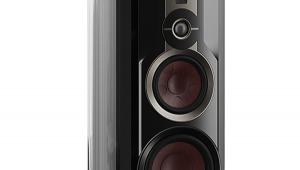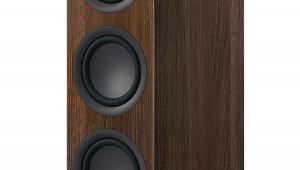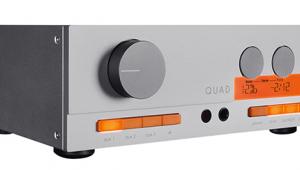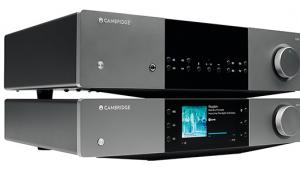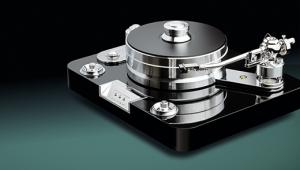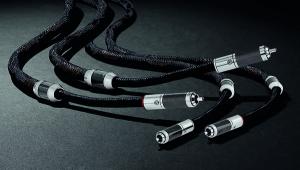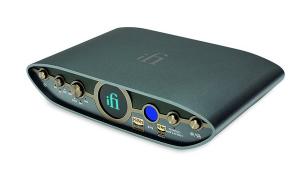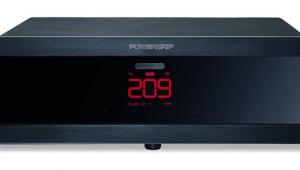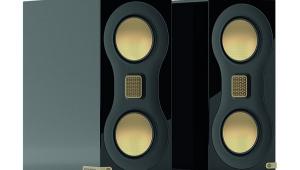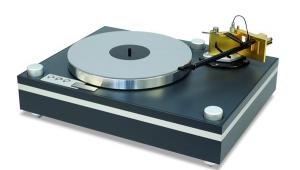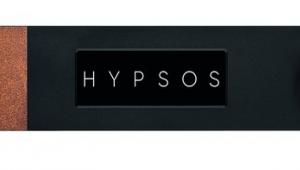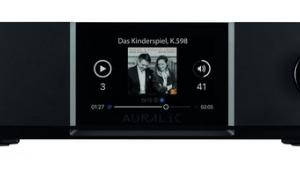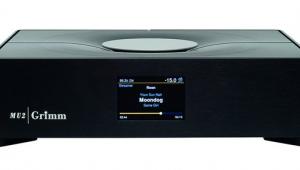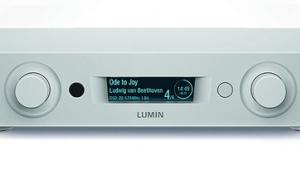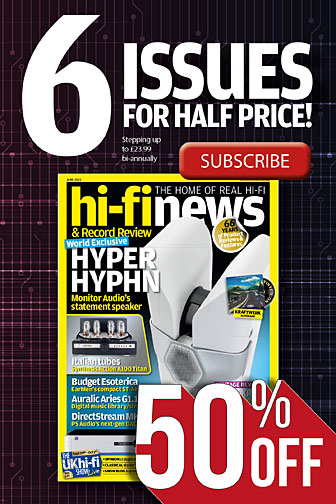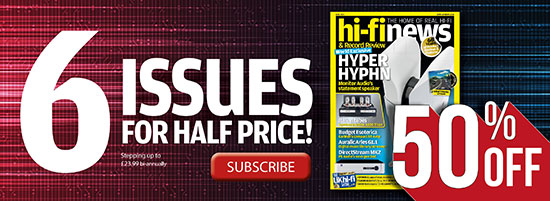Internet radio
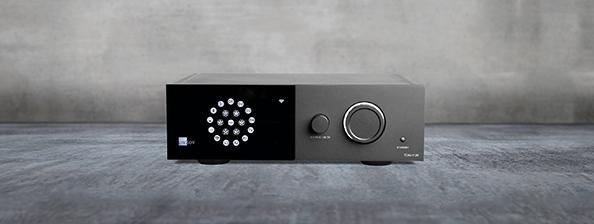
When it comes to Internet radio, Barry Fox knows from hard-earned experience that what works today might well not work tomorrow – particularly if your listening takes you around the world
No matter how expensive your hi-fi streaming amp may be, its Internet radio function is only as good as its ‘portal’ or ‘aggregator’ software. This indexes international Internet stations so we can choose from a genre or geographical list, such as ‘jazz’ or ‘opera’ from ‘USA’, ‘UK’ or ‘Oz’. Then click and listen, without the hassle of keying in station URLs.
Users are not in control of whatever software choice the manufacturers made, and the world of portals is a can of worms. So I’ve done my best to dig out some hard facts. In the early days, Internet radio was used mainly in portables, often from British companies Pure and Roberts. Pure initially used its own portal system, called Flow, then adopted a portal from British chip-maker Frontier Silicon. For a while, some Pure radios used Frontier, older ones Flow.
Jumping ship
Roberts initially used the rival Reciva system, from chip giant Qualcomm. Then Qualcomm shut down the Reciva portal, which ‘bricked’ radios built with Reciva hardware. They could not connect to the Internet, and had no USB socket, so could not be upgraded. Doubtless helped by the demise of Flow and Reciva, Californian company TuneIn become the new go-to portal. It’s used by many big-name systems, including Sonos, HEOS, Alexa, Google, Roku and Bang & Olufsen (pre-2023).
But music companies Sony and Warner successfully sued TuneIn under copyright law for letting the British listen to American stations. In 2020 TuneIn blocked British access to foreign stations and also some UK stations that weren’t paying copyright dues. Enquiries from users still get garbled answers. I recently asked TuneIn why I could not receive the station I use as a test case, which is Swing Street Radio from California. TuneIn said that it was blocked because ‘the broadcaster currently restricts access to this station to their country only’.
I queried this with the station director, who told me this was nonsense. ‘We wish listeners from across the globe to enjoy our music... We pay music licensing fees to no less than three PROs [Performance Rights Organisations] here state-side.’ The station is now trying to find what other payments TuneIn needs to unblock.
Ironically, stations blocked by TuneIn can still be accessed direct from the station’s website or app, and via other portals, such as those used by Pure and Roberts.
Explains Roberts: ‘Most of our Internet radios/smart radios are using [hardware] from Frontier Smart. Around 2018-2020 the portal vTuner partnered with Smart. From 2020 Frontier switched its portal service from vTuner to Airable. Most Roberts radios now use Airable’.
Pure now also uses Frontier chips with the Airable portal. Meanwhile, hi-fi systems still relying on the vTuner portal (eg, some older Denon products) have started asking for an annual subscription to continue working properly.
In 2023, for good technical reasons but inevitably adding to the confusion, the BBC changed its streaming technology from the proprietary Shoutcast system to the international standard MPEG-DASH (Dynamic Adaptive Streaming over HTTP) and Apple’s HLS (HTTP Live Streaming). This knocked out some receivers. Hats off to HEOS, which worked with TuneIn on modifying its software to handle DASH/HLS. But other streaming devices may no longer work.
Station migration
Airable is based in Germany and clearly sees the current mess as a golden opportunity. The company responded quickly to my request for a list of makers now using its portal. This now includes B&O, along with Arcam, Cambridge Audio, Cyrus, dCS, Dynaudio, KEF, Mark Levinson, Panasonic, Primare, Rotel, Ruark, Technics, Yamaha and Lyngdorf. Says Airable: ‘Migrating from TuneIn to Airable is possible if the device maker licenses Airable and does an update’.
I now predict even more confidently that the radio portal a hi-fi device uses will soon became an important factor in deciding which hi-fi device to buy.


